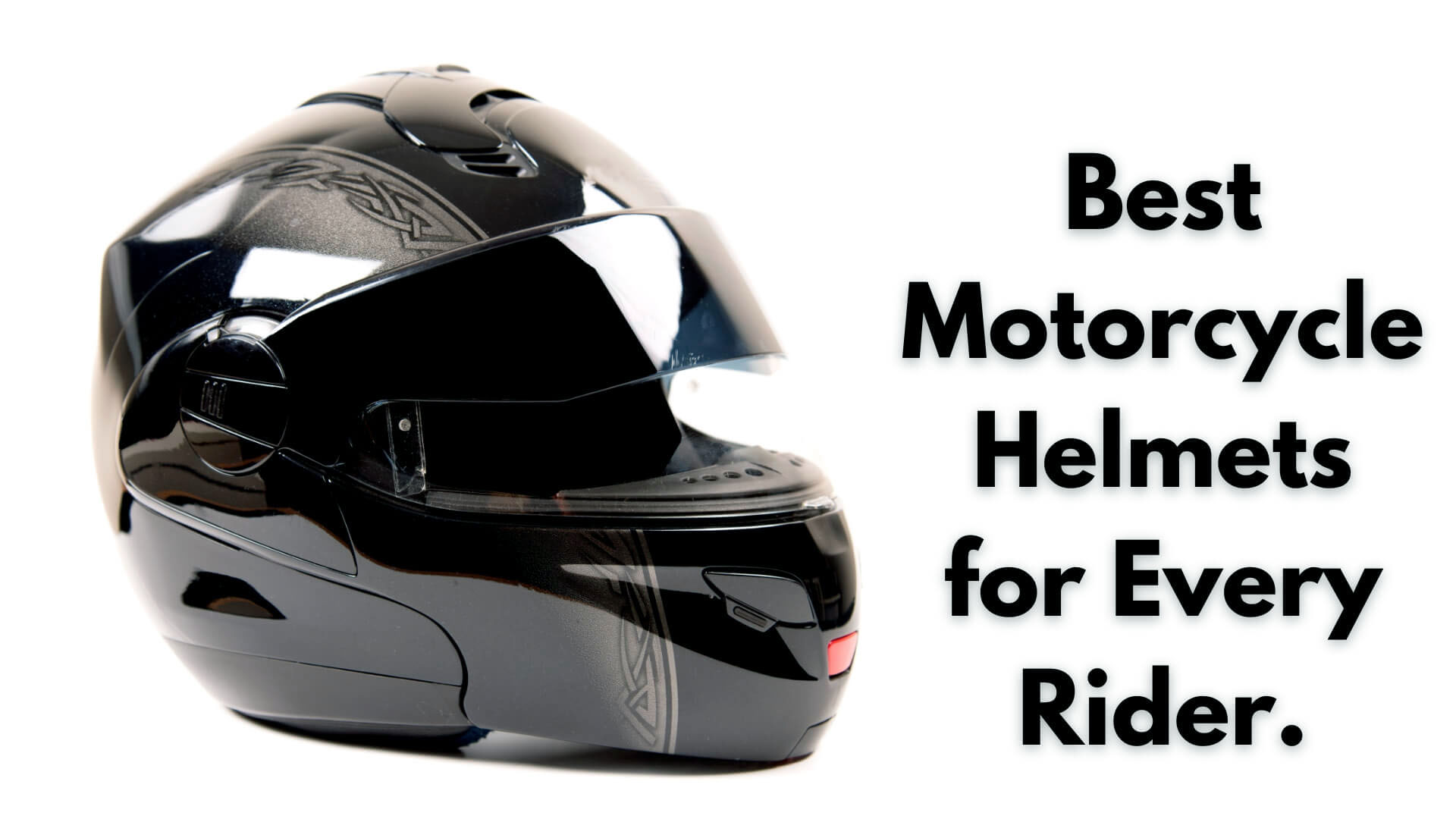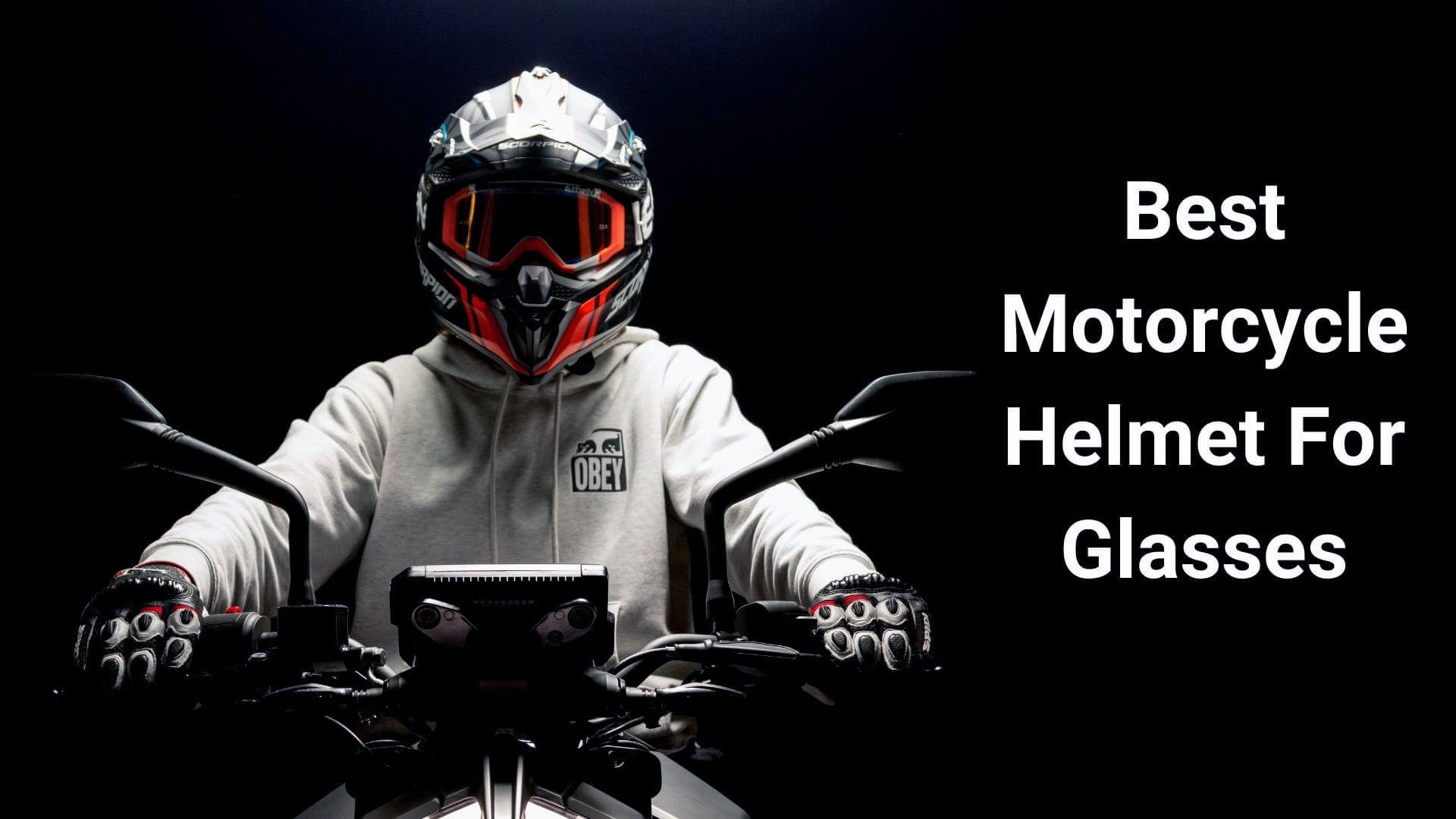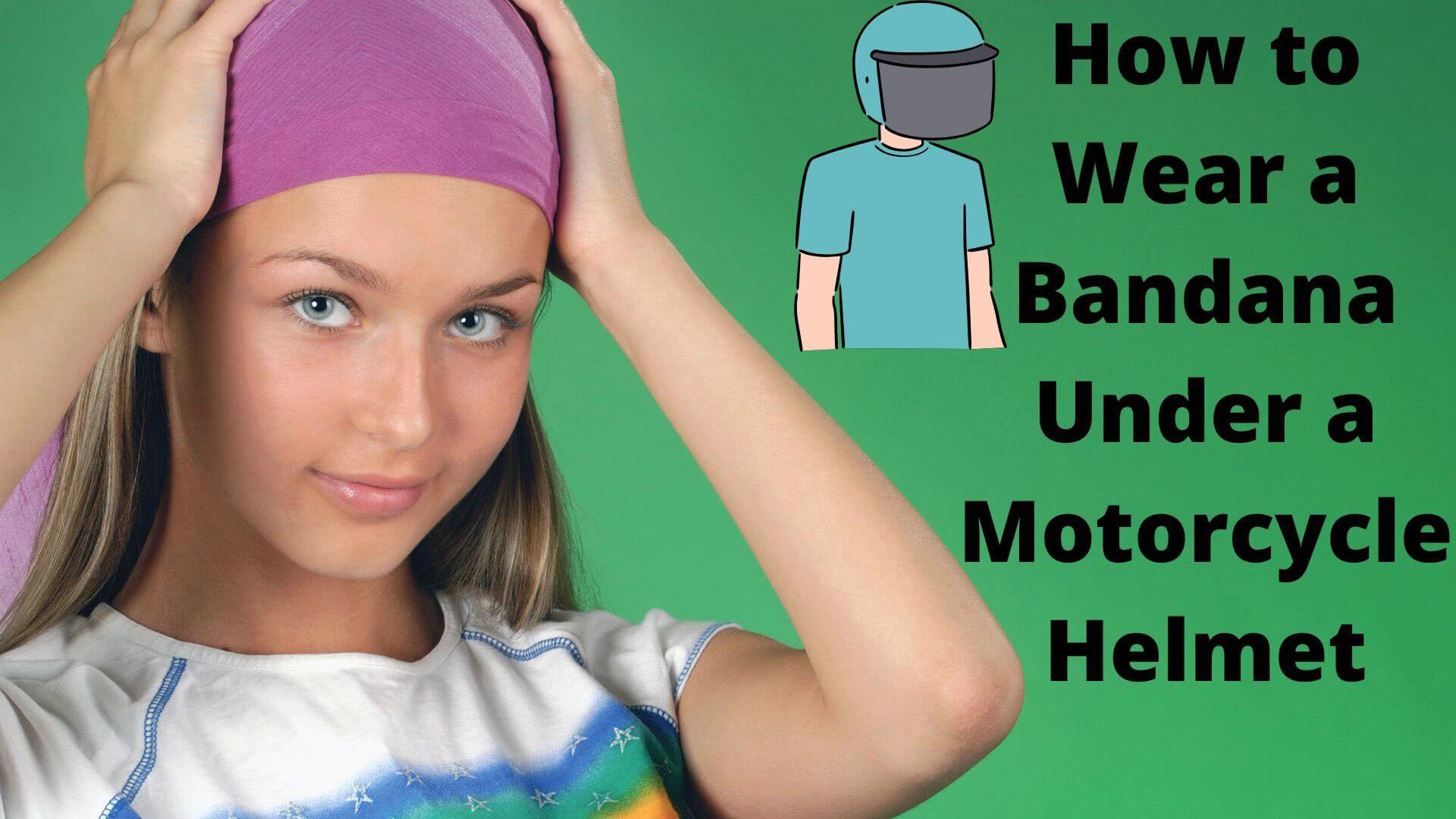Why Are BMX Helmets Different? To Protect or Not to Protect
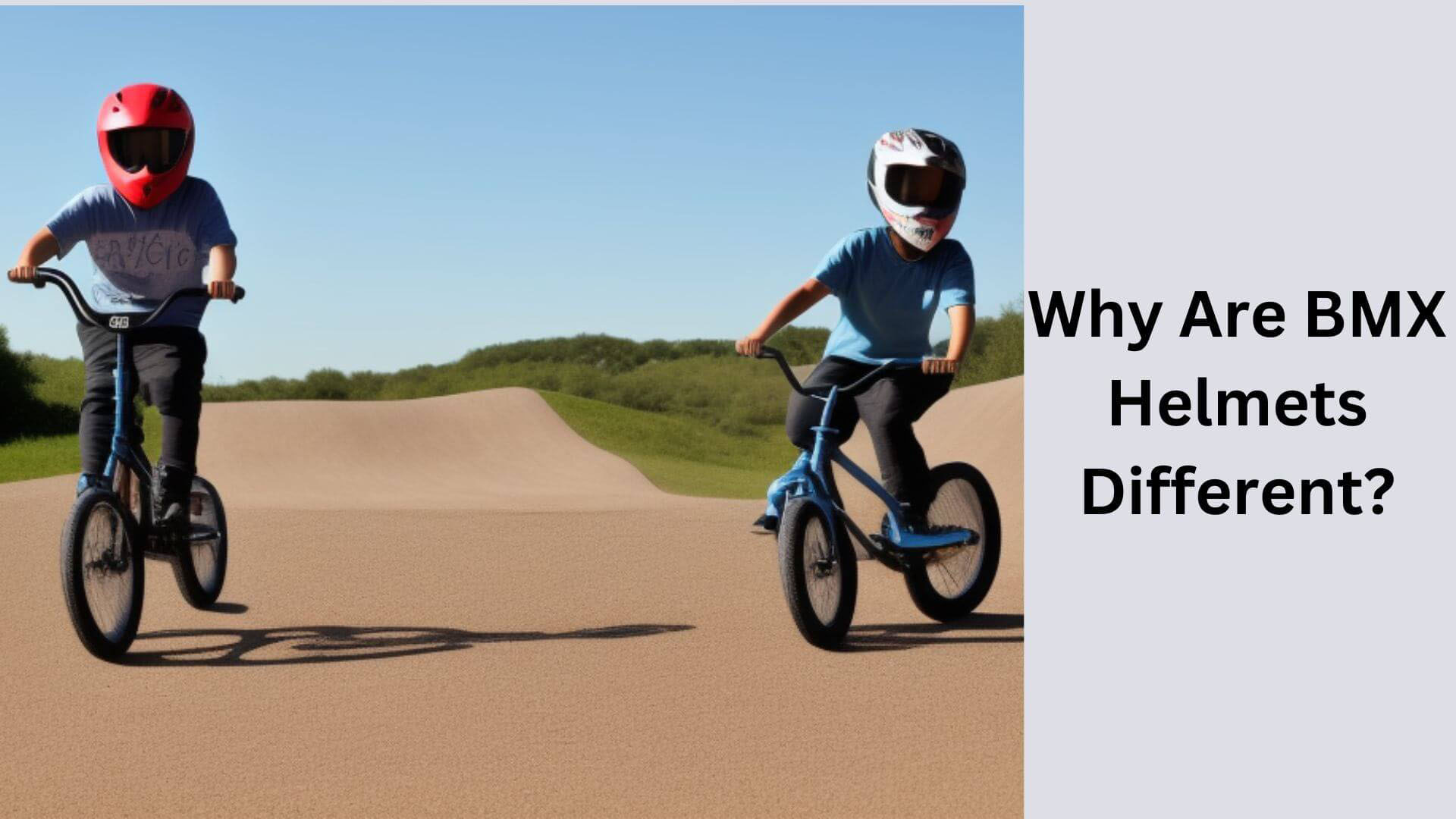
If you’ve ever watched a BMX race or seen BMX riders performing tricks at a skate park, you may have noticed that their helmets look different from the ones you see on regular cyclists.
While both types of helmets serve the same purpose of protecting the rider’s head in case of a fall or collision, have you ever wondered why BMX helmets look different from other types?
BMX helmets can be distinguished by their round structure and rugged exterior. They are often heavier and have narrower vents than other available kinds.
What differentiates a BMX helmet is the better impact protection over a large head area.
Because of this, these kinds of helmets also come in full-face styles.
In this article, I’ll take a closer look at why BMX helmets differ from regular cycling helmets.
The Anatomy of a BMX Helmet
Before we delve into why BMX helmets are different, let’s take a quick look at the anatomy of a typical BMX helmet.
A standard BMX helmet consists of four main components: the outer shell, the inner liner, the straps, and the retention system.
The outer shell is usually made of hard plastic or carbon fiber, which provides the helmet with strength and durability.
The inner liner is made of EPS foam, designed to absorb impact in the event of a crash.
The straps secure the helmet to your head while the retention system adjusts the helmet’s fit.
Types of BMX Helmets
Several different types of BMX helmets are available on the market, each designed to meet the needs of different riders and riding styles. Some of the most common types of BMX helmets include:
- The full-face BMX helmet: This type of helmet provides complete protection and coverage, with a chin guard that extends over the face and jaw.
Riders commonly use full-face helmets in more extreme or aggressive riding styles, such as dirt jumping or downhill racing.
- Open-face BMX helmet: Also known as a half-shell helmet, this type protects the top and sides of the head but does not include a chin guard.
Open-face helmets are typically lighter and more ventilated than full-face ones, making them a popular choice for freestyle and park riders.
- BMX racing helmet: These helmets are designed specifically for BMX racing, with a lightweight and aerodynamic design allowing maximum speed and performance.
Racing helmets are typically open-face helmets that provide ventilation and maximum visibility.
- Multi-sport helmet: Some BMX riders may wear a multi-sport helmet designed for various activities, such as skateboarding, rollerblading, or mountain biking.
These helmets are typically designed with a hard outer shell and multiple vents to provide protection and ventilation for various sports.
When choosing a BMX helmet, it’s essential to consider your riding style, level of experience, and personal preferences. Always select a helmet that meets safety standards set by organizations such as ASTM International or the Consumer Product Safety Commission (CPSC). Properly maintain and care for your helmet to ensure maximum protection while riding.
Read More: Are BMX Helmets Safe for Road Use?
What Makes BMX Helmets Different?
BMX helmets are designed for differing from traditional bike helmets in several ways. Here are some key features that make BMX helmets unique:
Increased Coverage
BMX riders tend to go bigger and faster than conventional bike riders, making them more likely to experience high-impact crashes.
To protect against these impacts, BMX helmets typically offer increased coverage around the back of the head, the temples, and the chin.
Stronger Shell
BMX helmets also feature a more robust outer shell than traditional bike helmets. This is because BMX riders are more likely to crash on hard surfaces like concrete or wood, which can cause more significant damage to the helmet.
Better Ventilation
BMX helmets usually come with better ventilation than traditional bike helmets. This is because BMX riders tend to perform more intense tricks and moves, which can cause them to sweat more.
Better ventilation helps to keep the rider cool and comfortable during these activities.
More Secure Fit
Finally, BMX helmets typically have a more secure fit than traditional bike helmets.
This is because BMX riders need to be able to move their heads quickly and easily without worrying about their helmet coming loose or shifting.
the Difference Between a BMX helmet Vs. a Regular helmet.
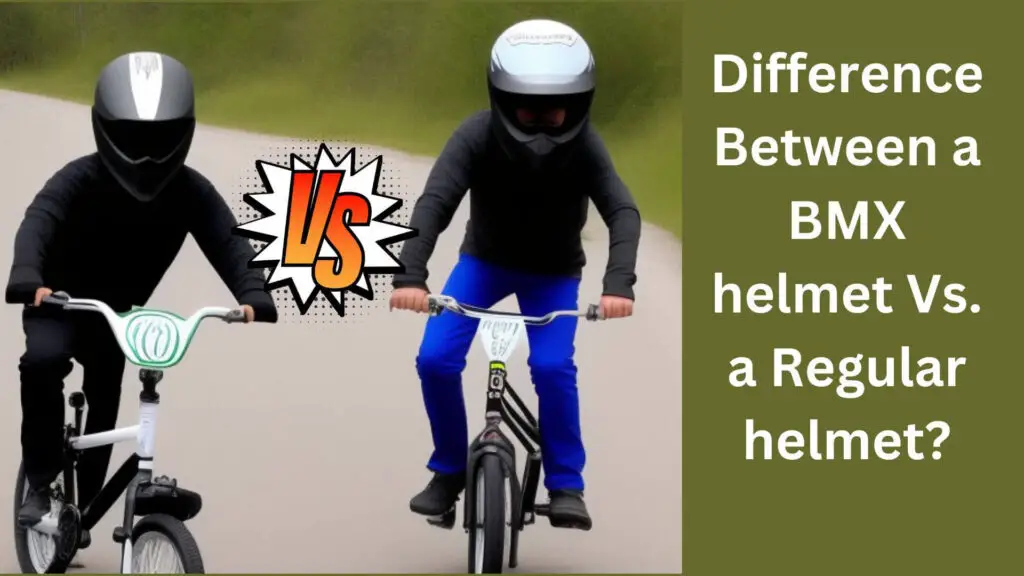
Here is a table outlining the differences between a BMX helmet and a regular helmet:
| BMX Helmet | Regular Helmet | |
| Design | Designed for BMX riding, with full coverage and additional padding in crucial areas | Designed for traditional cycling, with less coverage and padding |
| Safety | Offers more significant protection against high-impact crashes and falls | Designed for lower-impact impacts and falls |
| Fit | Fits snugly and securely on the head, with adjustable straps and padding | Typically fits loosely on the head, with minimal adjustability |
| Ventilation | Often designed with multiple vents for maximum airflow and comfort | May have fewer vents or no vents at all |
| Price | Can be more expensive than regular helmets due to additional safety features and design | Typically less costly than BMX helmets |
| Purpose | Intended for BMX riding and other high-risk activities | Intended for casual or traditional cycling activities. |
It’s important to note that while regular helmets may provide some level of protection for BMX riding, they are not explicitly designed for the common high-impact falls and crashes in this sport.
Investing in a high-quality BMX helmet specifically designed for this type of riding is recommended for optimal safety and security.
Read More: How to Wear a BMX Helmet
How Do the Vents on a BMX Helmet Differ from other Helmets?
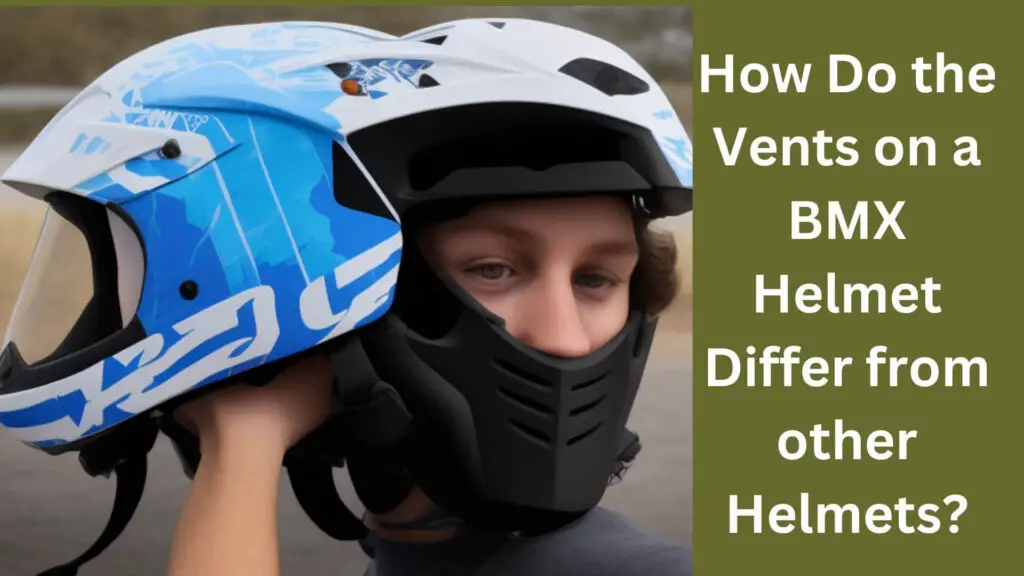
The vents on a BMX helmet are typically designed to maximize airflow and increase ventilation while riding.
Compared to different types of helmets, such as traditional cycling helmets, BMX helmets may have more vents and larger vent openings.
This is because BMX riding is often more intense and physically demanding than conventional cycling, which can cause riders to overheat and sweat more.
The vents on a BMX helmet are strategically placed to allow air to flow through the helmet and cool the rider’s head.
This not only helps to prevent overheating and discomfort while riding but can also improve overall performance and endurance.
Additionally, some BMX helmets feature removable padding or liners that can be washed or replaced, which can help to reduce odor and improve ventilation even further.
It’s important to note that while ventilation is essential for rider comfort and performance, it should never come at the expense of safety.
BMX helmets are designed to provide maximum protection during a crash or fall. They should always meet safety standards set by organizations such as ASTM International or the Consumer Product Safety Commission (CPSC).
Riders should always choose a BMX helmet that offers a balance of ventilation and safety features and adequately maintain and care for their helmet to ensure maximum protection while riding.
Why Are Bmx Helmets Heavier Than Other Types of Helmets?
Due to their design and construction, BMX helmets are often heavier than different types.
The additional weight is typically the result of increased padding, a more durable outer shell, and other features designed to provide excellent protection in the event of a high-impact crash or fall.
In BMX riding, falls and crashes are common and can occur at high speeds and with great force.
BMX helmets are designed to provide maximum protection against these types of impacts, which requires additional padding and reinforcement in critical areas such as the chin, sides, and back of the head.
The outer shell of a BMX helmet is also typically thicker and more durable than other types of helmets, which adds to the overall weight.
While the added weight may be noticeable when wearing a BMX helmet, it’s essential to prioritize safety and protection over comfort or weight.
Some riders may prefer a slightly heavier helmet since it provides greater security and confidence while riding.
Additionally, many BMX helmets are designed with adjustable straps and padding to ensure a comfortable and secure fit, which can help to alleviate any discomfort or pressure caused by the additional weight.
Overall, while the importance of a BMX helmet may be a consideration for some riders, choosing a helmet that offers the highest level of protection and safety while riding is essential.
Maintenance and Care Tips for BMX Helmet
Proper maintenance and care of your BMX helmet can help to extend its lifespan and ensure maximum protection while riding. Here are some tips:
- Clean your helmet often with water and mild soap.
- Avoid exposing your helmet to high heat, direct sunlight, or harsh chemicals.
- Inspect your helmet regularly for signs of wear and tear, such as cracks or dents, and replace it if necessary.
- Store your helmet in a cool, dry place away from moisture and extreme temperatures.
Frequently Asked Questions (FAQs) About Why Are BMX Helmets Different?
Why do BMX riders wear full-face helmets?
BMX riders often wear full-face helmets for increased protection, particularly during high-risk rides or when performing dangerous stunts.
Can you use a regular bike helmet for BMX riding?
While you can technically use a standard bike helmet for BMX riding, it’s not recommended.
BMX helmets are designed to provide excellent protection and coverage for the impacts common in BMX riding.
Are BMX helmets more expensive than traditional bike helmets?
Depending on the brand and specific features, BMX helmets can be costlier than conventional bike helmets.
Generally, you can expect to pay more for a high-quality BMX helmet with increased protection and durability.
How do I know if a BMX helmet fits me?
To ensure a proper fit, measure your head circumference and look for BMX helmets designed for your head size.
When trying on a helmet, ensure it fits snugly and comfortably without being too tight or loose.
When should I replace my BMX helmet?
You should replace your BMX helmet if it shows signs of wear and tear, such as cracks or dents, or has been involved in a crash.
It’s also a good idea to replace your helmet every few years, even if it hasn’t been damaged, to ensure maximum protection and safety.
Final Verdict
If you’re a BMX rider, it’s essential to invest in a helmet that is specifically designed for the unique demands of BMX riding.
BMX helmets differ from regular cycling helmets, including full-face coverage, more substantial construction, ventilation, and multiple sizing options.
By wearing a BMX helmet that fits properly and provides adequate protection, you can reduce your risk of injury and enjoy your riding with confidence. So, don’t hesitate to get yourself

Hey, I’m Hrithik Hossain. I am the head of helmethacks.com, which specializes in safety helmets. I am looking to connect with anyone interested in purchasing a helmet or who has any questions about different types of helmets. I have over 8 years of experience as a helmet expert, and I can’t wait to help you find the perfect helmet for you. I can help you with any questions regarding helmets, from the best brands to fitting, style, and more! I really enjoy keeping people safe by ensuring they have the best protection possible.


